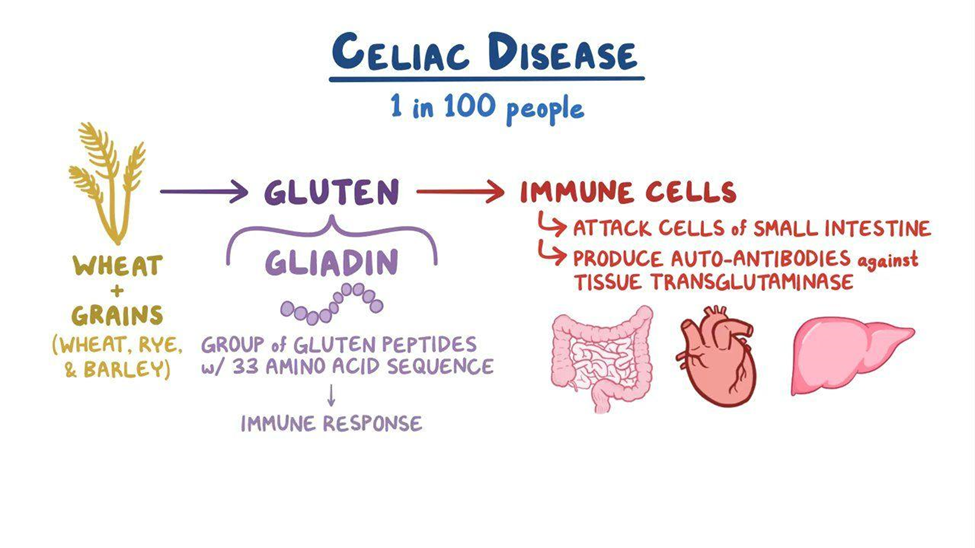The nurse prepares a list of home care instructions for the parents of a child who has a plaster cast applied to the left forearm. Which instructions would be included on the list? Select all that apply.
Elevate the extremity on pillows for the first 24 to 48 hours after casting to prevent swelling.
Place a heating pad on the lower end of the cast and over the fingers if the fingers feel cold.
Keep small toys and sharp objects away from the cast.
Use a padded ruler or another padded object to scratch the skin under the cast if it itches.
Use the fingertips to lift the cast while it is drying
Contact the primary health care provider (PHCP) If the child complains of numbness or tingling in the extremity
Correct Answer : A,C,F
A. Elevate the extremity on pillows for the first 24 to 48 hours after casting to prevent swelling.
Explanation: Elevating the extremity can help reduce swelling, especially in the initial period after casting.
B. Place a heating pad on the lower end of the cast and over the fingers if the fingers feel cold.
Explanation: Applying heat can increase the risk of burns and is not recommended. If the fingers feel cold, it may indicate a circulation issue, and the healthcare provider should be contacted.
C. Keep small toys and sharp objects away from the cast.
Explanation: Keeping small toys and sharp objects away from the cast is important to prevent injury or damage to the cast.
D. Use a padded ruler or another padded object to scratch the skin under the cast if it itches.
Explanation: Inserting objects under the cast can lead to complications, including skin damage or infection. It is advisable not to insert anything into the cast.
E. Use the fingertips to lift the cast while it is drying.
Explanation: Lifting or manipulating the cast during the drying process can compromise its integrity and should be avoided. The cast needs to dry completely to provide proper support and immobilization.
F. Contact the primary health care provider (PHCP) if the child complains of numbness or tingling in the extremity.
Explanation: Numbness or tingling can indicate a circulation problem, and it is important to contact the healthcare provider for further assessment.
Nursing Test Bank
Naxlex Comprehensive Predictor Exams
Related Questions
Correct Answer is B
Explanation
A. "I will limit my child's fluid intake."
Incorrect: Limiting fluid intake is not typically recommended for children with CF. Maintaining hydration is important, especially since individuals with CF may have increased salt losses in sweat.
B. "We will give our child pancreatic enzymes with snacks and meals."
Correct Answer: This response indicates an understanding of the importance of giving pancreatic enzymes to assist with digestion, as individuals with CF often have pancreatic insufficiency. Pancreatic enzymes help in the absorption of nutrients from food.
C. "We will restrict the amount of salt in our child's food."
Incorrect: While it's true that individuals with CF may need to increase their salt intake due to increased salt losses in sweat, this response suggests restricting salt, which is not in line with the nutritional needs of a child with CF.
D. "I will prepare low-fat meals with limited protein for my child."
Incorrect: Children with CF often need a higher calorie intake, including healthy fats and adequate protein. Restricting fat and protein is not in line with the nutritional needs of a child with CF.
Correct Answer is B
Explanation
A. Rye toast
Explanation: Rye contains gluten, so it is not suitable for individuals with celiac disease. It should be avoided in a gluten-free diet.
B. Rice
Explanation:
Celiac disease is a condition characterized by an immune reaction to gluten, a protein found in wheat, barley, and rye. Individuals with celiac disease must follow a gluten-free diet to manage the condition. Rice is a gluten-free grain and is safe for individuals with celiac disease to include in their diet.
C. Wheat bread
Explanation: Wheat contains gluten, and products made from wheat, such as wheat bread, should be avoided in a gluten-free diet for individuals with celiac disease.
D. Oatmeal
Explanation: Oats themselves are gluten-free, but cross-contamination can occur during processing. Some individuals with celiac disease can tolerate pure, uncontaminated oats, but it's essential to ensure that the oats are labeled gluten-free. Regular oats may be cross-contaminated with gluten-containing grains during processing.

Whether you are a student looking to ace your exams or a practicing nurse seeking to enhance your expertise , our nursing education contents will empower you with the confidence and competence to make a difference in the lives of patients and become a respected leader in the healthcare field.
Visit Naxlex, invest in your future and unlock endless possibilities with our unparalleled nursing education contents today
Report Wrong Answer on the Current Question
Do you disagree with the answer? If yes, what is your expected answer? Explain.
Kindly be descriptive with the issue you are facing.
